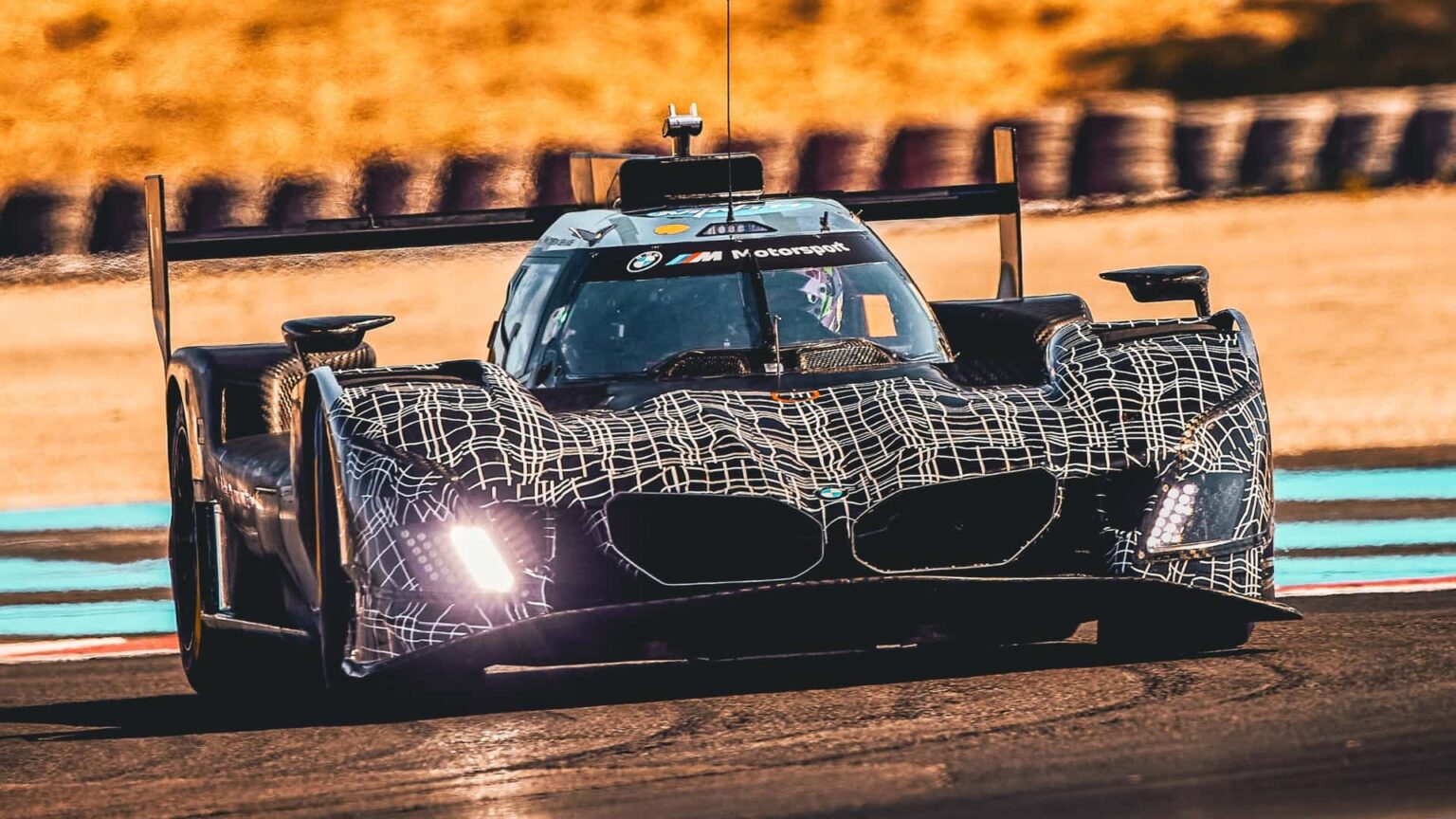Following the 2015 debut of the 3.0 CSL Hommage R concept, BMW’s kidney grilles have been steadily growing. Some of its smaller sedans still have fairly subdued kidneys, sure, but for the most part, BMW has embraced massive grilles, notably on vehicles like the iX, 4 Series, and 7 Series. One new BMW is bucking the trend, but unfortunately for big-kidney haters, it’s one you can’t buy.
For the 2026 racing season, BMW is shrinking the kidney grilles—believe it or not—on its M Hybrid V8 LMDh race car in search of better aerodynamic performance. This, in combination with a new splitter, will help the M Hybrid V8 perform more consistently at different types of tracks and improve cooling efficiency. The kidney grilles will still light up around the perimeter, so the M Hybrid V8 will still be very recognizable.
BMW’s M Hybrid V8 has competed in the IMSA WeatherTech SportsCar Championship since 2023 and the World Endurance Championship since 2024. Its record has been spotty, with a handful of wins in IMSA, but only a couple of 2nd places in WEC and disappointing results at the 24 Hours of Le Mans.
Italian firm Dallara provides the chassis for the M Hybrid V8, while BMW provides a bespoke racing V-8 engine. This pairs with the spec LMDh hybrid system, which consists of a motor and electronics from Bosch, transmission from XTrac, and battery from Fortescue Zero. It competes with other LMDh cars from Acura, Alpine, Cadillac, and Porsche, and Le Mans Hypercars from the likes of Ferrari and Toyota.
Photo by: BMW
Next year, BMW will split with its long-term US motorsports partner Rahal Letterman Lanigan (RLL) racing, and our colleagues at Motorsport.com report that Europe’s WRT racing may run the M Hybrid V8 in America. The car has shown promise, and the #24 currently sits 3rd in the IMSA standings, but BMW wants more. Especially at Le Mans, where its best finish is a lowly 16th.
So perhaps shrinking the kidneys will do BMW some good. We’ll see what happens come the Rolex 24 at Daytona next January.
12
Read the full article here


